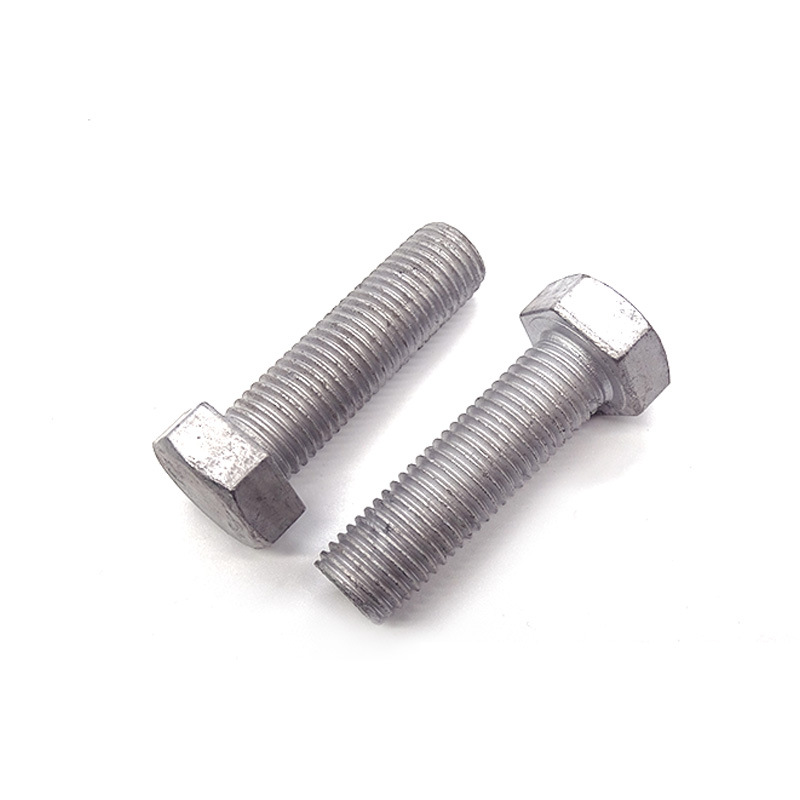

Flanged Self-Tapping Screws for Enhanced Stability and Easy Installation in Various Applications
Eki . 22, 2024 15:01 Back to list
Flanged Self-Tapping Screws for Enhanced Stability and Easy Installation in Various Applications
Understanding Flanged Self-Tapping Screws A Comprehensive Guide
Flanged self-tapping screws are a unique category of fasteners designed to simplify the assembly process of various materials, particularly in construction and manufacturing applications. These screws are characterized by their integrated flange, which offers improved load distribution and prevents the screw from pulling through the material. In this article, we will delve deeper into the features, benefits, applications, and installation techniques of flanged self-tapping screws.
What Are Flanged Self-Tapping Screws?
Self-tapping screws are designed to create their own hole as they are driven into materials, eliminating the need for pre-drilling. This feature dramatically reduces assembly time and increases efficiency. Flanged self-tapping screws, specifically, have a circular flange at the head of the screw that provides additional support, allowing for better grip and stability when securing materials.
The flange's larger surface area helps distribute the load evenly, which minimizes the risk of damage to the material being fastened. This is particularly beneficial when working with softer materials like plastic or thin metals.
Key Features
1. Integrated Flange The primary feature of flanged self-tapping screws is the flange itself, which offers enhanced bearing surface and load distribution. 2. Variety of Head Styles These screws come in various head styles, including pan, flat, and hex, allowing flexibility based on the application and aesthetic preferences. 3. Material Composition They are commonly made from materials such as stainless steel, carbon steel, or brass, ensuring durability and corrosion resistance depending on the environment in which they are used. 4. Thread Design Flanged self-tapping screws typically have sharp, aggressive threads that easily penetrate the material, making them ideal for securing components together without pre-drilling.
Advantages
Flanged self-tapping screws offer several advantages over traditional fastening methods
- Reduced Installation Time The ability to self-tap means that these screws can be installed quickly and efficiently, saving time in assembly processes. - Enhanced Load Distribution The flange improves load distribution, which leads to better performance in applications subjected to heavy loads. - Versatility They can be used in various materials, including metal, plastic, and wood, making them suitable for a wide range of applications. - Less Risk of Pull-Through The flange prevents the screw from pulling through soft materials, which can be a common issue with standard screws.
flanged self tapping screws

Applications
Flanged self-tapping screws are widely used in numerous industries and applications, including
- Automotive Used for assembling various car parts, where durability and strength are essential. - Electronics Commonly employed in securing electronic housings and components. - Construction Ideal for fastening materials like drywall and metal studs. - Furniture Often used in the assembly of flat-pack furniture, where ease of assembly is a priority.
Installation Techniques
Installing flanged self-tapping screws is straightforward, but there are several tips to ensure a successful and secure fastening
1. Select the Right Size Ensure you're using the correct size and type of screw for the materials involved. 2. Align Materials Properly align the materials before fastening to ensure a snug fit and avoid misalignment during installation. 3. Use the Correct Driver A power screwdriver or drill with the appropriate bit will make the installation process more efficient. 4. Apply Steady Pressure When driving the screw, apply steady and consistent pressure to allow the screw to penetrate without breaking.
5. Do Not Over-tighten Be cautious not to over-tighten, as this could strip the threads or damage the materials being fastened.
Conclusion
Flanged self-tapping screws are an essential component in many assembly processes across various industries. Their unique design and key advantages make them a preferred choice for applications requiring efficient fastening solutions. Understanding their features, benefits, and proper installation techniques will help users leverage their full potential, ensuring robust and reliable assemblies. Whether you are a professional in manufacturing or a DIY enthusiast, flanged self-tapping screws are indispensable tools for achieving secure and durable connections.
Latest news
-
Premium Fasteners Manufacturer | AI-Driven Solutions
NewsAug.01,2025
-
Hot Dip Galvanized Bolts - Hebei Longze | High Strength, Corrosion Resistance
NewsAug.01,2025
-
High-Strength Hot Dip Galvanized Bolts - LongZe | Corrosion Resistance, Custom Sizes
NewsAug.01,2025
-
Best Self Tapping Screws for Drywall - Fast & Secure Installation
NewsJul.31,2025
-
High-Strength Hot Dip Galvanized Bolts-Hebei Longze|Corrosion Resistance&Customization
NewsJul.31,2025
-
Hot Dip Galvanized Bolts-Hebei Longze Metal Products|Corrosion Resistance&High Strength
NewsJul.31,2025

